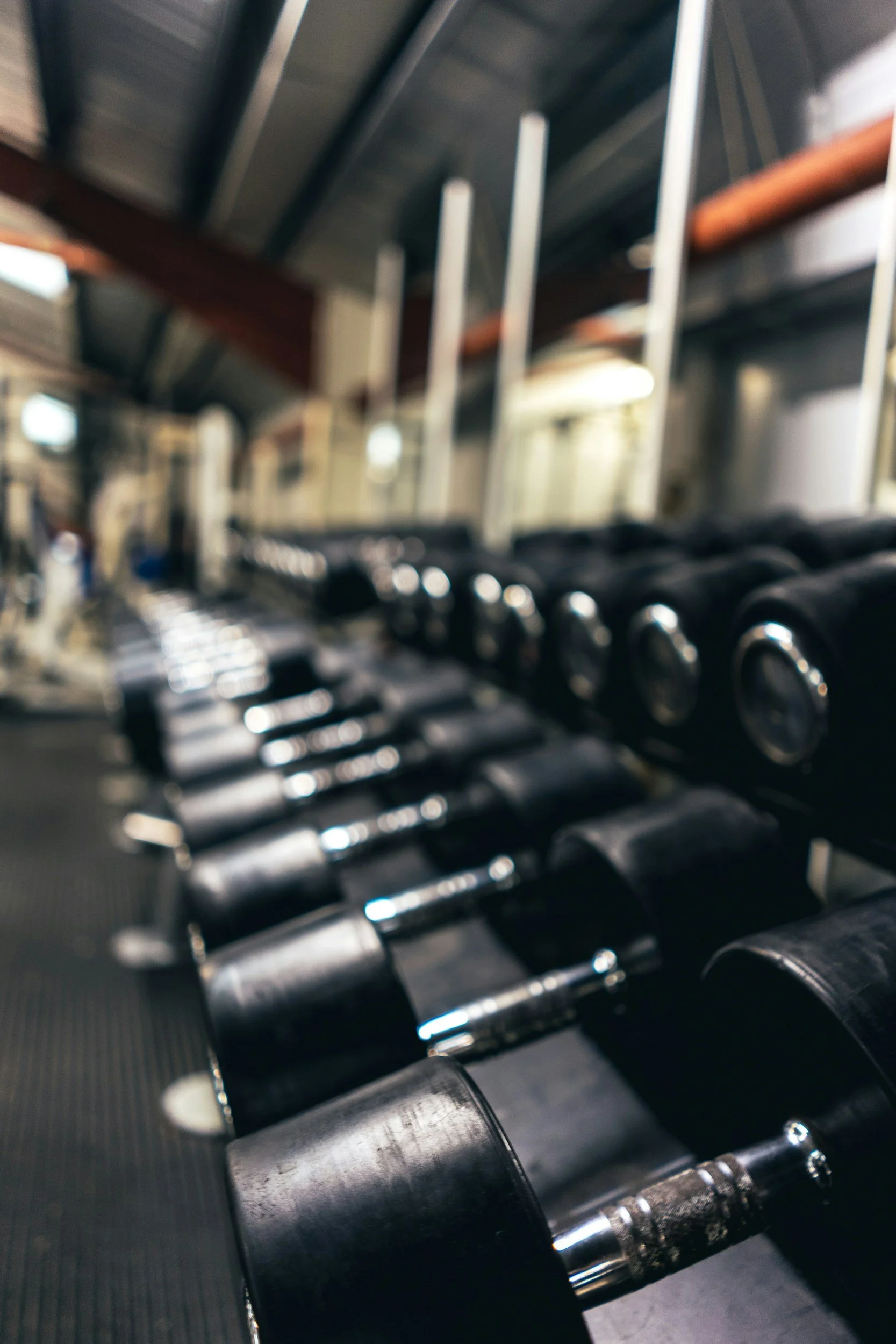Heavy Weights Versus Light Weights
Weight Lifting
One of the most common questions in strength training is:
“Should I lift heavy weights or light weights?”
The answer? It depends.
There isn’t one perfect weight or rep range that works for everyone. What’s important is that your muscles are challenged consistently — that’s how you avoid plateaus and make real progress. The concept behind effective strength training is progressive overload: gradually increasing the stress placed on your muscles to stimulate growth, strength, and endurance.
Light Weights: High Reps, More Endurance
Lifting lighter weights for 15–20 reps helps build muscular endurance. This method is ideal if you’re aiming for improved stamina, calorie burning, and a leaner physique. It’s also excellent for enhancing cardiovascular fitness and is often preferred for longer workout sessions or for those easing into strength training.
Heavy Weights: Low Reps, More Strength
Lifting heavier weights with fewer reps (4–8) helps you build strength and muscle mass. This approach is functional — it trains your body for real-life movements like lifting boxes, carrying groceries, or moving furniture. It also supports bone density and joint integrity as you age.
So, Which Should You Choose?
Both.
True fitness involves a blend of strength, stamina, and muscular endurance. By alternating between light and heavy weights in your training routine, you challenge your body in different ways, prevent adaptation, and ensure balanced development.
No matter the weight, one rule always applies:
The last few reps should feel hard.

